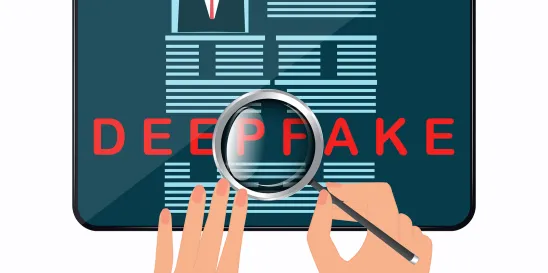On the morning of the New Hampshire primary a robocall was launched spoofing a New Hampshire Democrat’s cell phone number with a deepfake of President Joe Biden telling voters not to vote in the primary, but instead to vote in November.
The New Hampshire Attorney General is investigating what it is calling an “unlawful attempt at voter suppression” and is warning consumers that the message was “artificially generated” and should be disregarded. The New Hampshire Secretary of State said the calls “reinforce a national concern about the effect of artificial intelligence on campaigns.”
Fake recordings in Slovakia’s elections last year and the fake robocall of President Biden show that the proliferation of AI and deepfakes will be used during elections, which worries misinformation researchers. According to panelists from the University of Washington’s Center for an Informed Public, which studies the spread of strategic misinformation, “When multiple pieces of fake content related to the same subject are pushed out, it can create a more believable narrative.”
The panelists noted that deepfakes and AI-generated content quality will improve and get harder to detect, and “educating the general public about how to decipher authentic information from fake content will be a challenge.”
Spotting deepfakes is like spotting a phishing email. Most people think they can spot them, but a study by iScience, “Fooled Twice: People Cannot Detect Deepfakes but Think They Can,” shows the majority cannot. The highlights of the study show:
- “People cannot reliably detect deepfakes;”
- “Raising awareness and financial incentives do not improve people’s detection accuracy;”
- “People tend to mistake deepfakes as authentic videos (rather than vice versa);”
- “People overestimate their own detection deepfake abilities.”
It’s not great news in an election year.
Science, in its “How to Spot a Deepfake-and Prevent It from Causing Political Chaos,” spoke with researchers and experts about the dangers of deepfakes. Science noted that “deepfakes are cheaper and easier to produce than ever, and we’re likely to see many more during the election season.”
The key is to educate people on the existence of deepfakes and to teach them how to spot one. Science has some tips to spot deepfakes.



 />i
/>i

